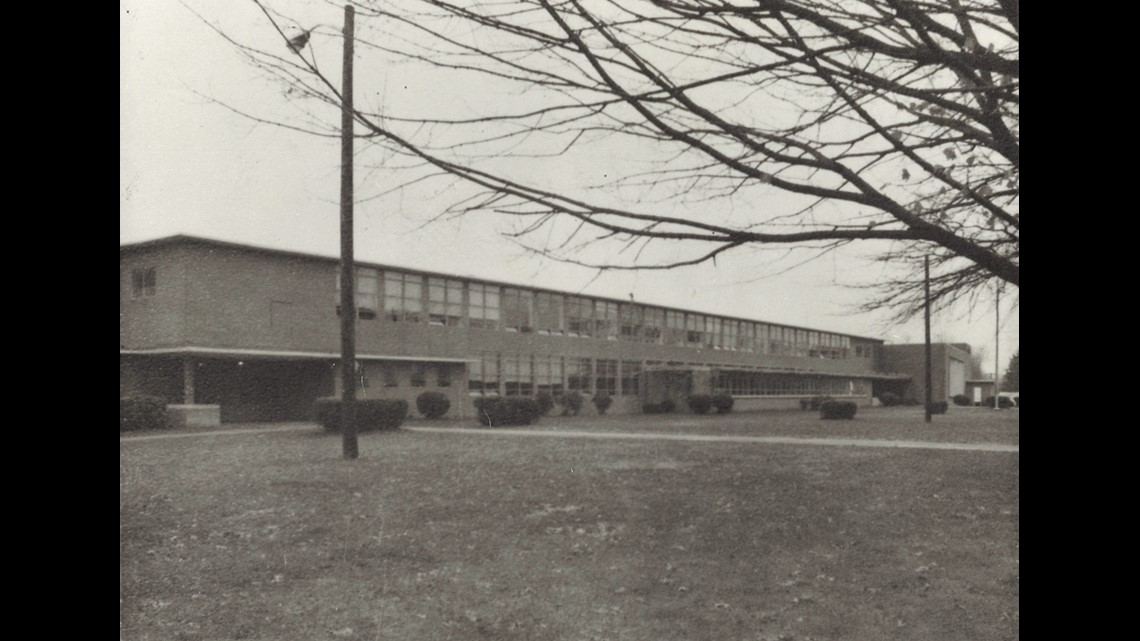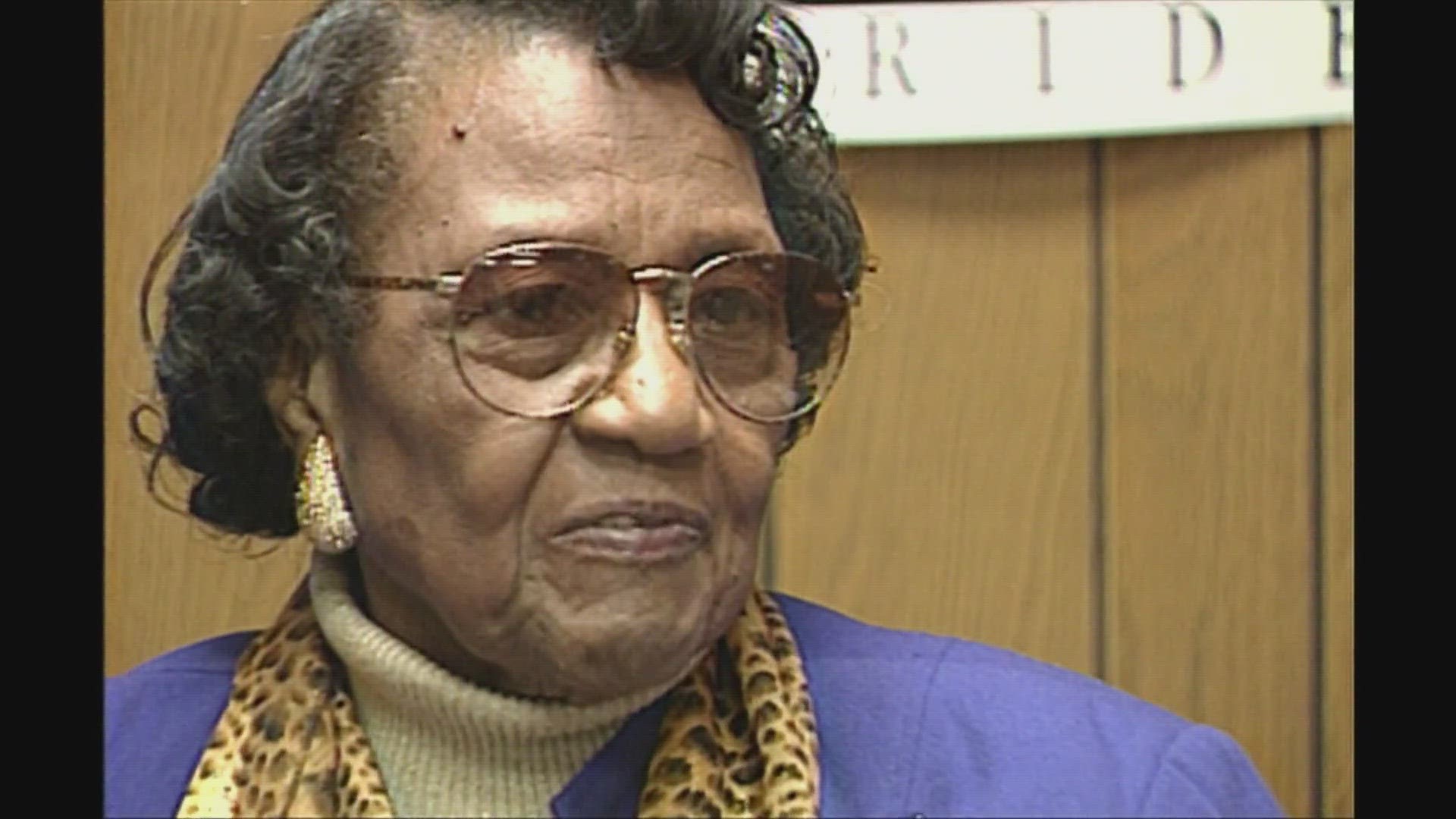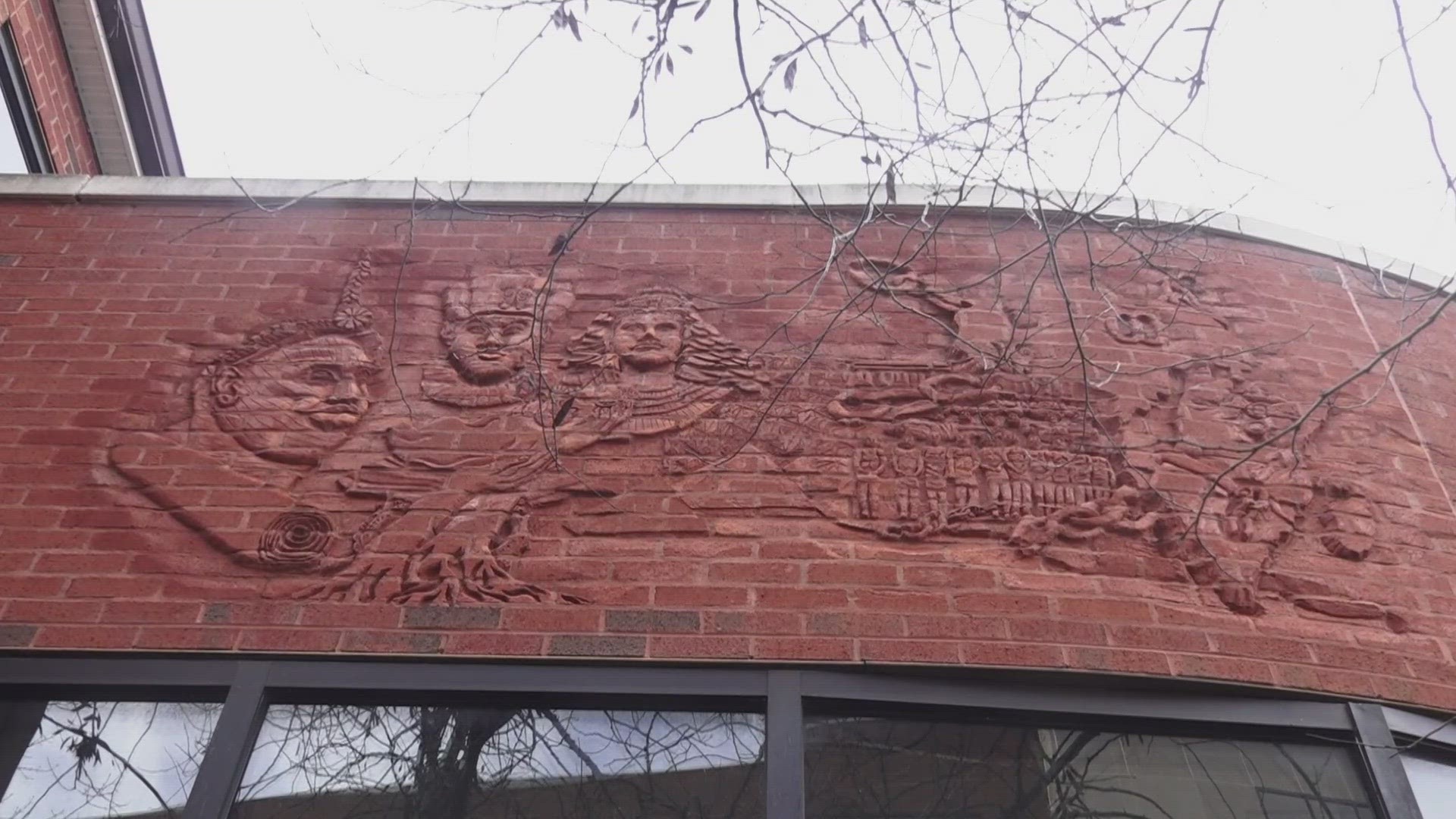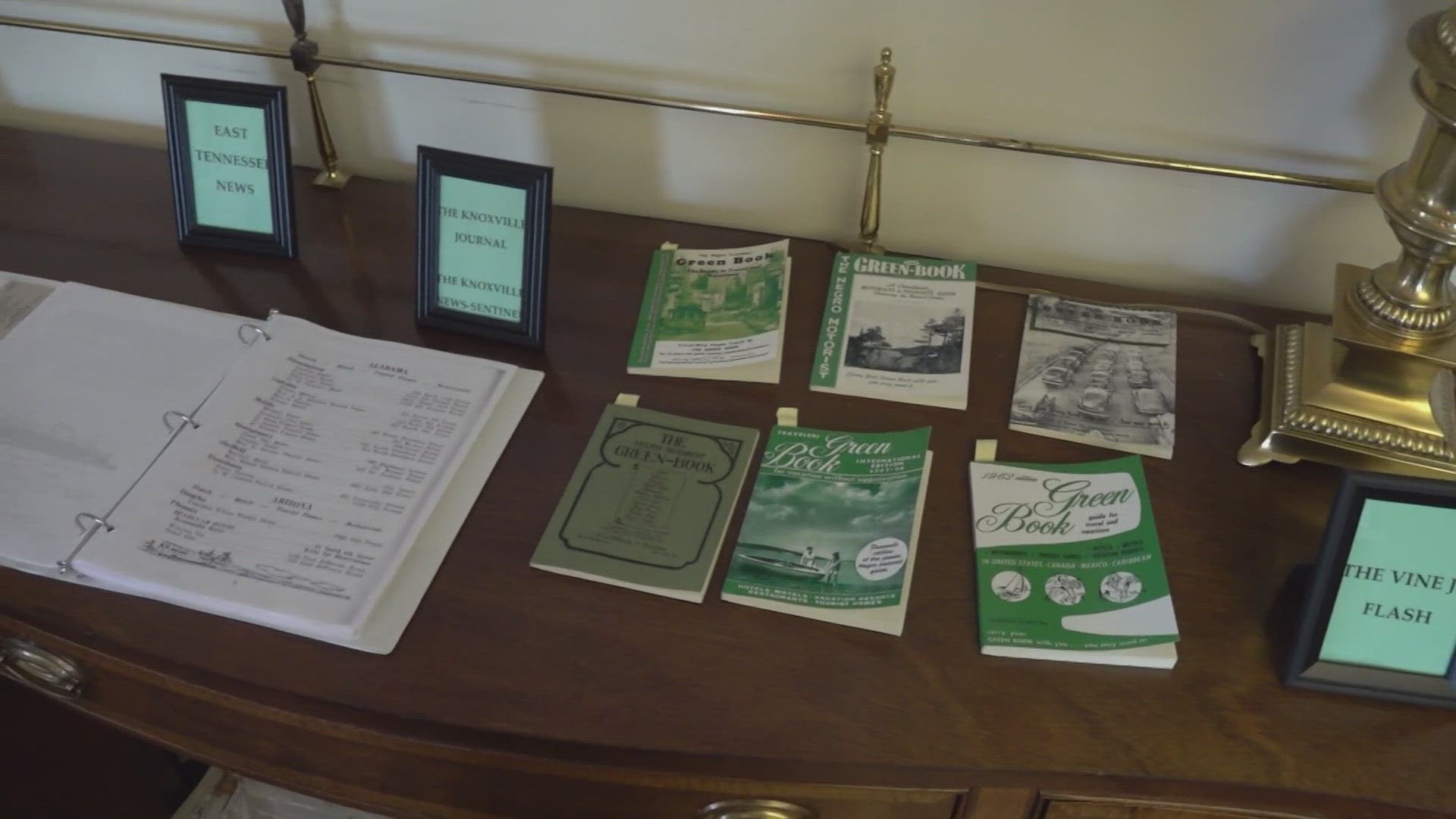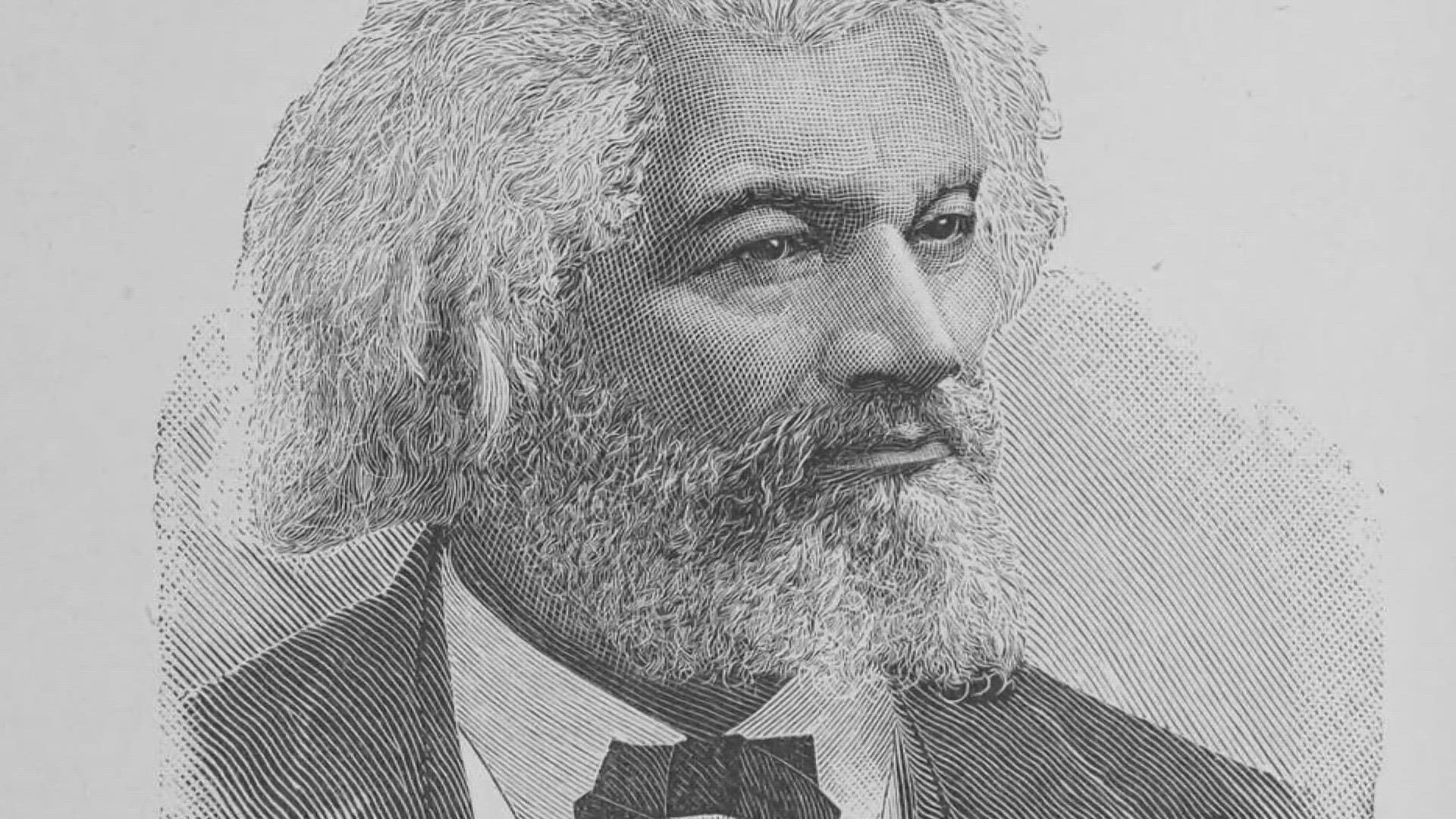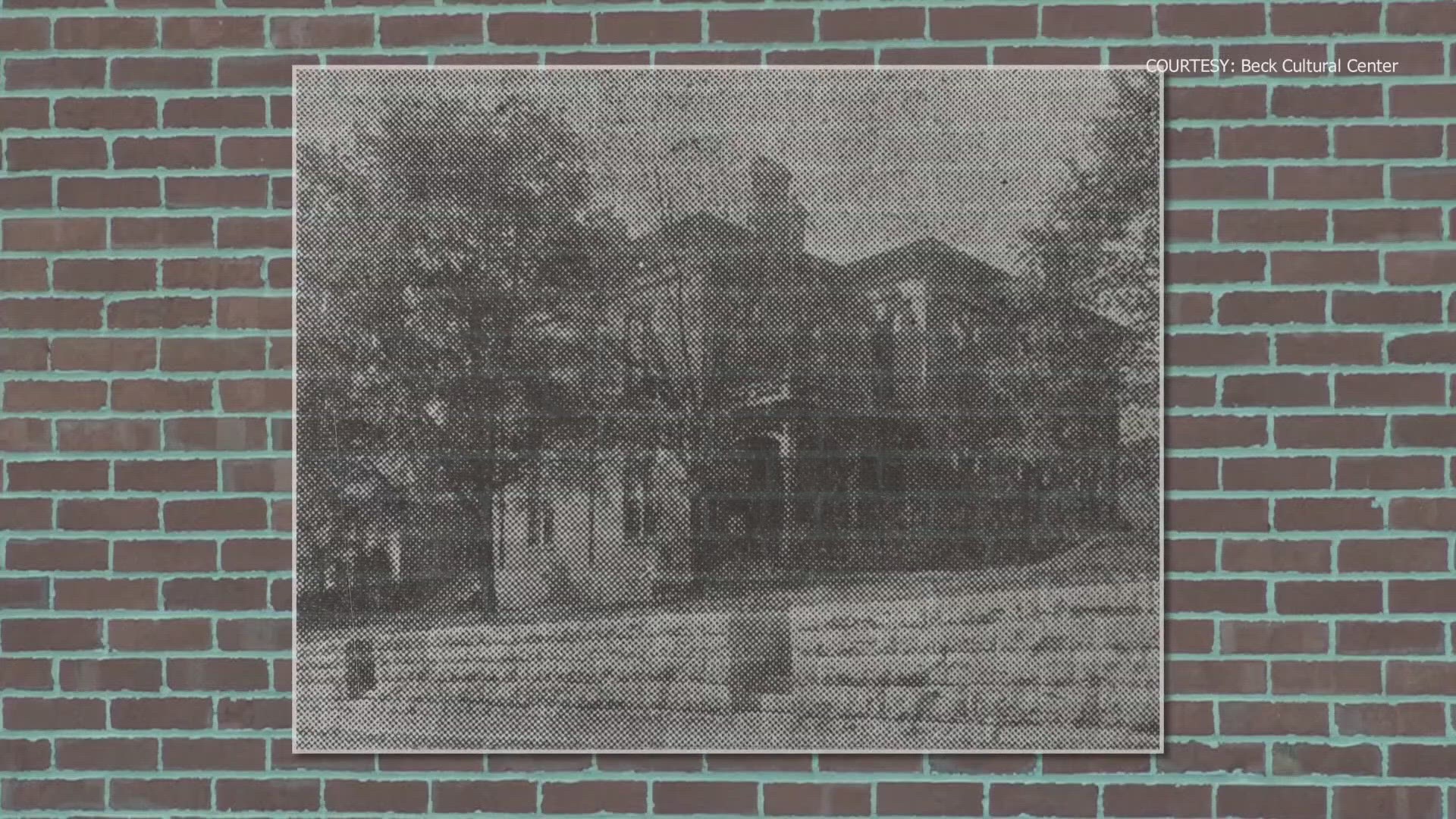KNOXVILLE, Tenn. — Black History Month is a time for people to honor and focus attention on African Americans who made contributions and sacrifices that helped shape the nation.
East Tennessee has many stories of how African Americans made improvements within its region.
Here's a look at some historically Black stories from within Knox County.
Thomas "Tank" Strickland
Thomas "Tank" Strickland was a well-known, active leader in the Knoxville community. He served as the Knox County Commissioner.
A University of Tennessee graduate, Strickland also worked as the city of Knoxville's community relations director. His work in the community was ubiquitous.
His board memberships included the Metropolitan Drug Commission, the Community Television Board, the Great Schools Partnership Committee, the Development Corporation of Knox County and the Knoxville Knox County Community Action Committee.
He also was a supporter and participant in the local Golden Gloves boxing organization, befriending key figures such as Ace Miller and "Big John" Tate.
State Rep. Sam McKenzie said Strickland was a strong leader in rocky times, a dedicated community servant and a loyal friend who always had your back.

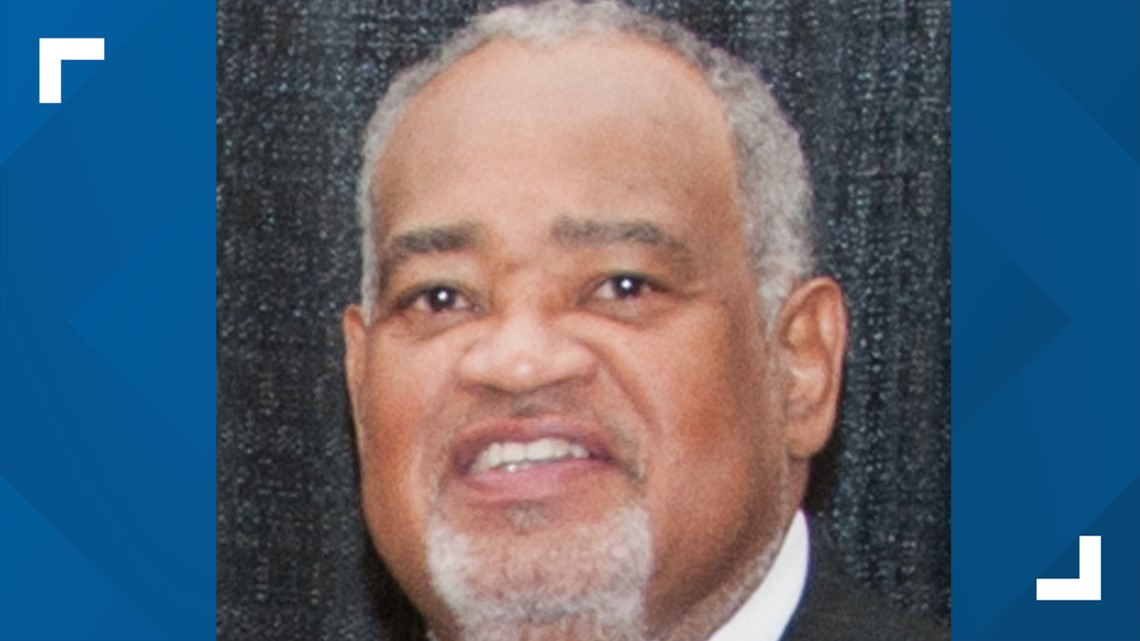
University of Tennessee Mural
Knoxville is home to plenty of artwork portraying notable African Americans, like statues of Alex Haley or UT football's historic Black players—but there is another work of art at UT you could say is hidden in plain sight.
A giant piece of Black history wraps the building of the Frieson Black Cultural Center. Lining the roof of the building is a brick-carved timeline of the Black experience throughout history and historical black figures.
It's a one-of-a-kind art piece, designed by Knoxville native Alan Jones and sculpted by artist Sue Landerman.
Unveiled in 2002, the 80-foot frieze includes historical figures like Dr. Martin Luther King Jr., Malcolm X, Alex Haley, Harriet Tubman and many more.

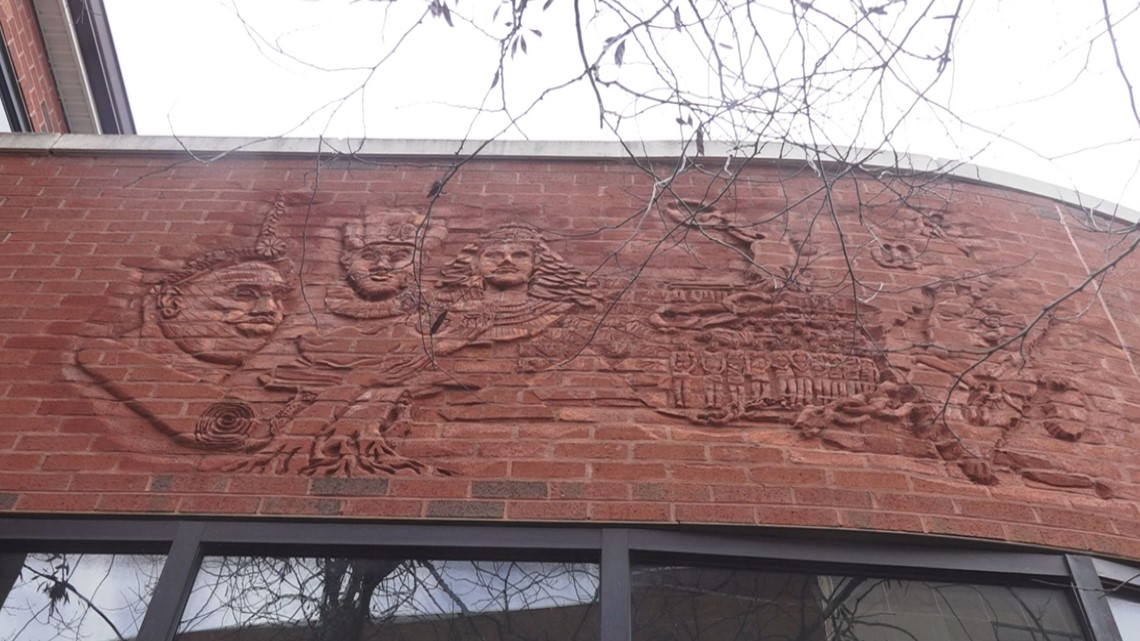
Knoxville Green Book Locations
During the Jim Crow era and up until the late 1960s, the "Green Book" served as a necessary companion for Black travelers. It was founded by postal worker Victor Hugo Green.
The Green Book listed "African-American friendly" establishments in specific cities during segregation.
Knoxville had many places listed in the Green Book, most of them in east Knoxville, like Vine Street and McCalla Avenue. Homes, restaurants, motels, YMCA’s and YWCA's all around Knoxville were safe havens for African-Americans making their way across the country.

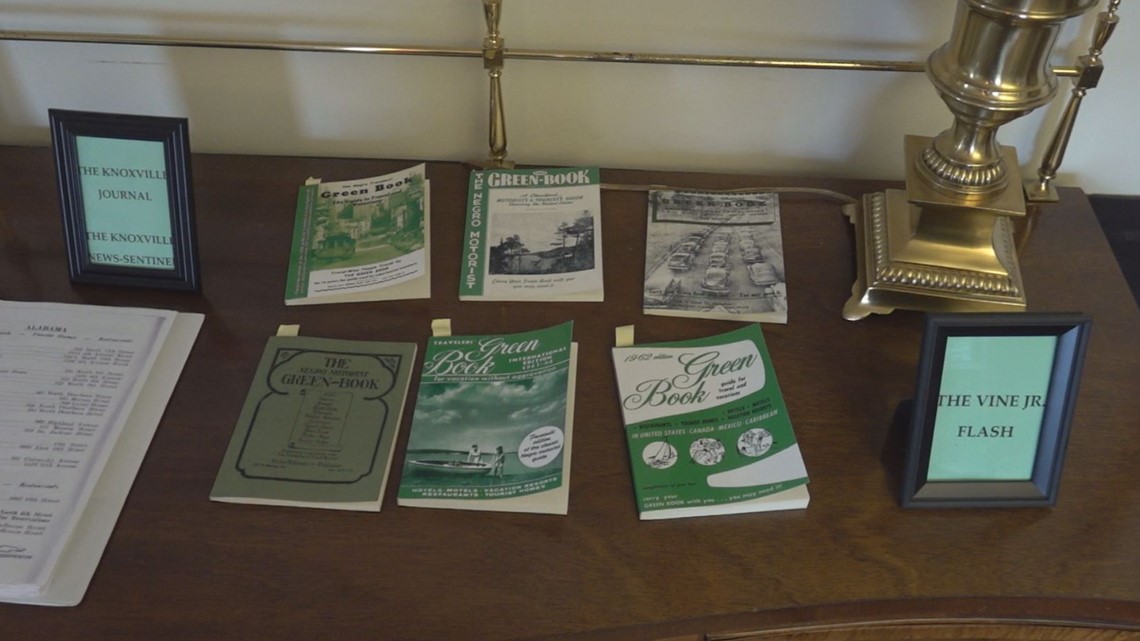
Historic Visitors
Throughout its history, Knoxville has hosted many historic Black figures, including Dr. Martin Luther King Jr. and Muhammad Ali.
Civil Rights leader Frederick Douglass also made a stop in Knoxville in November 1881. He spoke at Staub's Opera House on the corner of Gay Street and Cumberland Avenue.
Although the weather wasn't ideal that November evening, it didn't stop people from coming out and filling the auditorium to hear him speak. Tickets to the event ranged from 25 to 75 cents.
Before speaking at the opera house, Douglass also visited Knoxville College.
In 1968, four-time Olympic Gold Medalist Jesse Owens made his way to Knoxville to speak at a UT track and field banquet. He preached a code of ethics and encouraged the athletes to play the game as they lived life.
"Trophies tarnish and championship banners collect dust, but these principles I speak of will last a lifetime," Owens said.
In March 1962, 28-year-old Ray Charles played in front of 5,000 fans at the Knoxville Civic Auditorium and Coliseum.
Alongside him was his augmented orchestra and his background vocalists The Raelettes.
Charles played all of his hits including, "Georgia," "Ruby" and "One Mint Julep" before sending the crowd home happy with "What Did I Say."

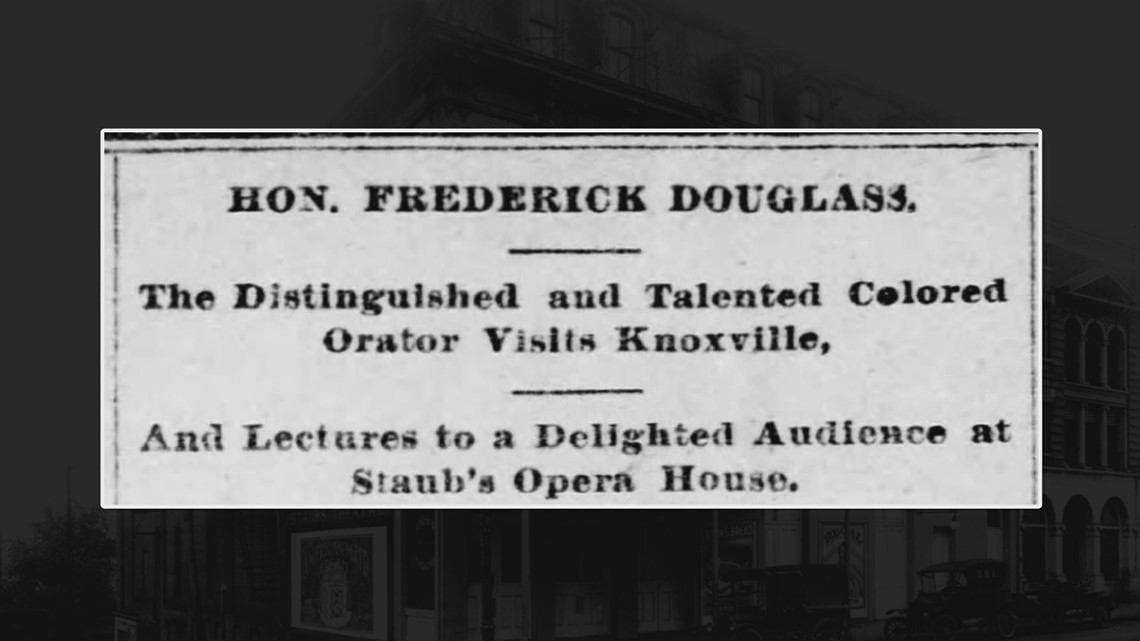
History of Austin East
During the mid-1960s, leaders worked to desegregate Knoxville's schools—especially East High School. In 1968, Austin High School and East High School became one, taking one more step towards becoming the school the city knows now. For many years, it was known as "Austin-East High School."
The policies hadn’t entirely stopped segregation though, and in the years after the creation of Austin-East High School, it became virtually all Black as white students left, according to Robert Booker. Once again, leaders tried to bring students together to get the same, equal education. They created a magnet program to attract a diverse school community.
With the creation of that program, Austin-East Magnet High School was formed.
Time and time again, the school stayed committed to the promise given to its first students. It would always offer them a chance at an education, to brighten their futures and to succeed.
Throughout its history, Austin-East Magnet High School followed the course started by the idea engraved at its entrance — “a mind is a terrible thing to waste.”

